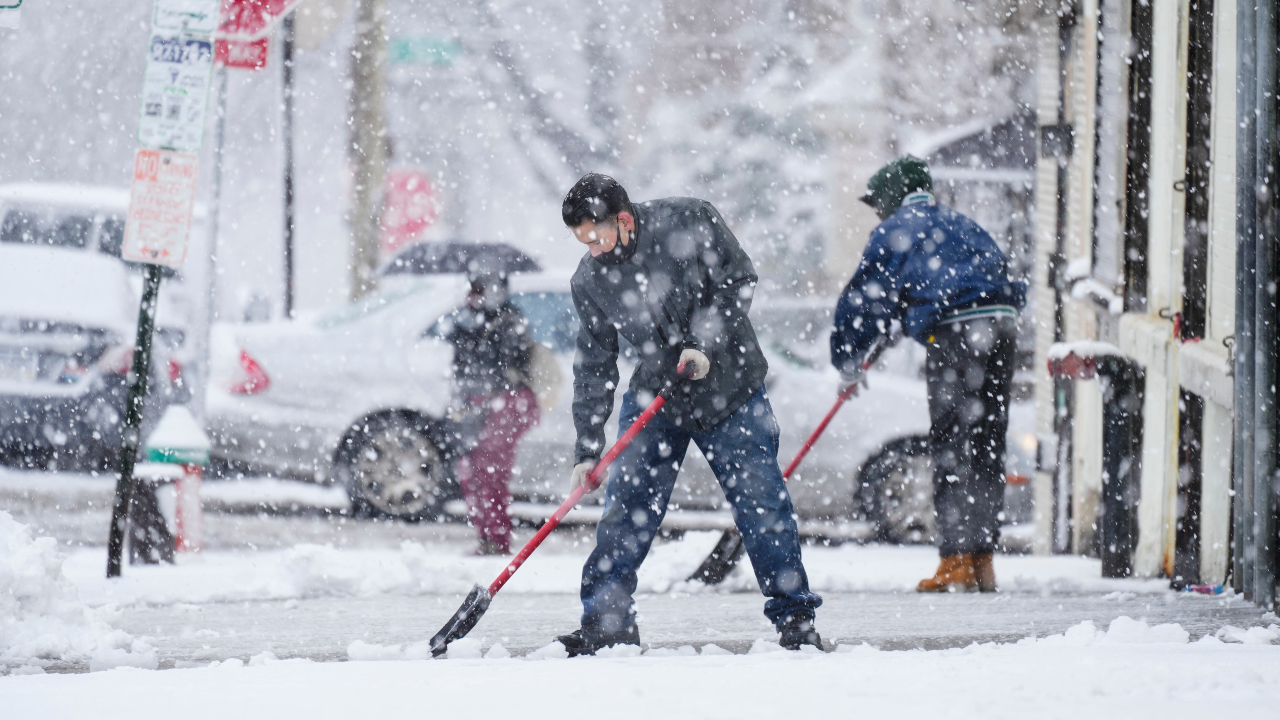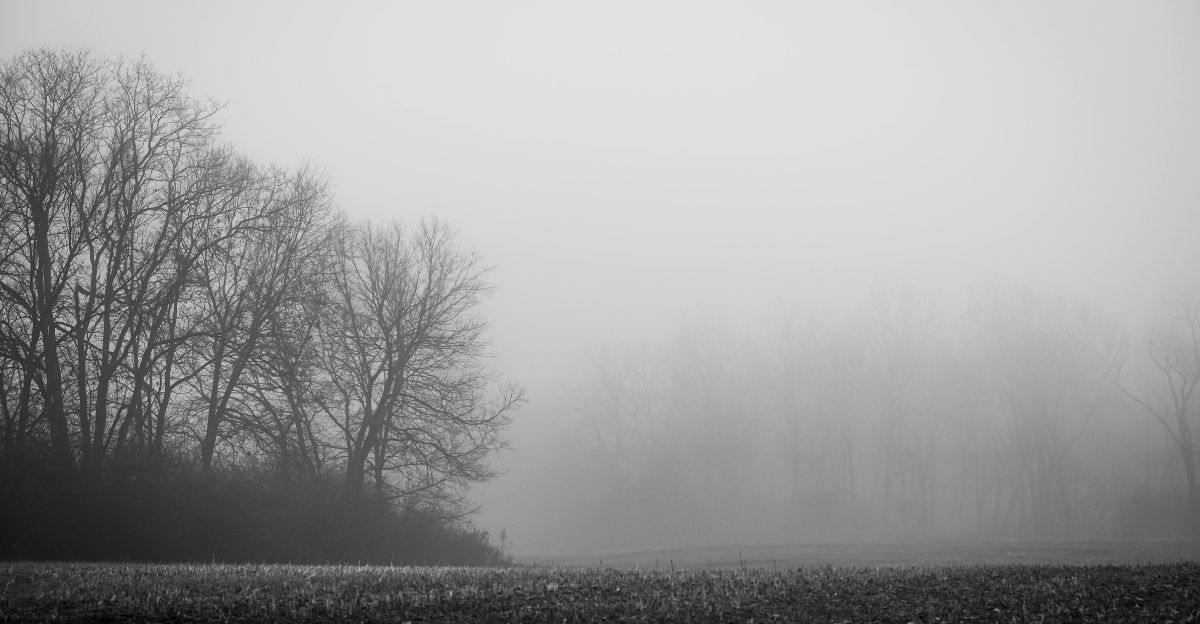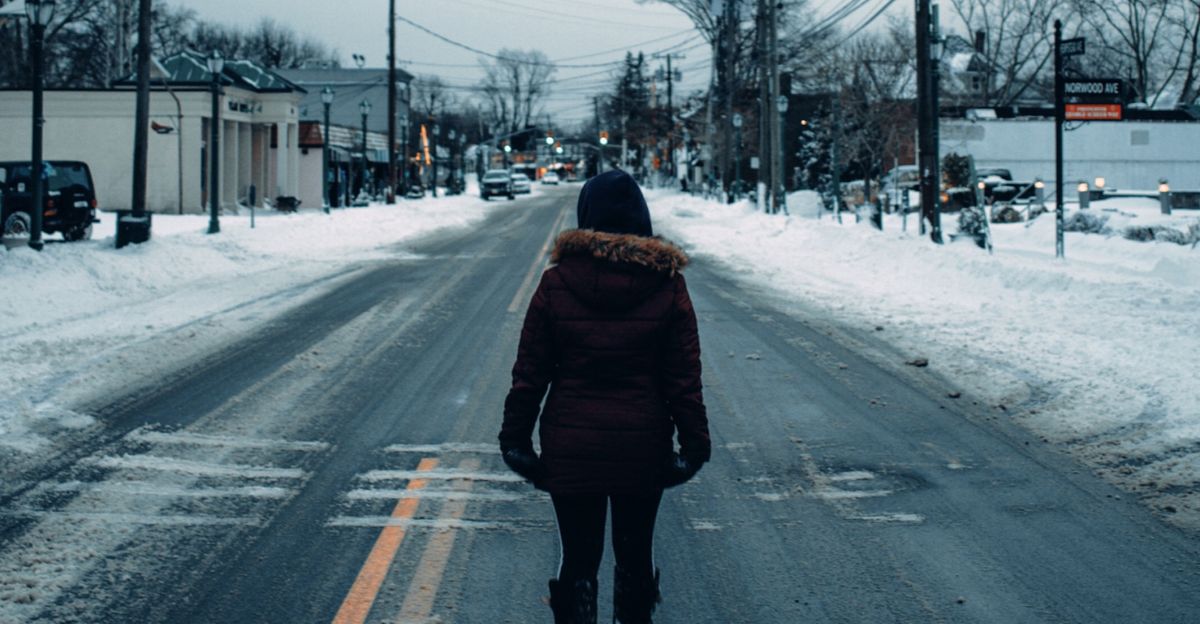
A sudden and severe winter has descended on the northern United States, catching millions by surprise. Across the Pacific Northwest, upper Midwest, and Great Lakes, residents are facing a relentless onslaught of cold, snow, and ice. The culprit: a weak but persistent La Niña, coupled with an active polar vortex, is reshaping the season’s outlook and forcing communities, businesses, and governments to adapt quickly.
La Niña’s Return and Its Chilling Effects

La Niña, a climate pattern characterized by cooler-than-average sea surface temperatures in the Pacific Ocean, reemerged in September 2025 and is expected to persist through February. Even in its weak form, La Niña exerts a powerful influence on North American weather. The Climate Prediction Center has confirmed that this system is the primary driver behind the colder, wetter conditions forecasted for much of the northern U.S. this winter.
The Pacific Northwest, upper Midwest, and Great Lakes are bracing for below-normal temperatures and increased precipitation. For residents, this means more frequent snowfalls, icy roads, and a heightened risk of travel disruptions. The cold snap is not just an inconvenience—it has the potential to disrupt daily routines, increase heating costs, and strain local infrastructure.
Communities and Businesses Mobilize

As the cold intensifies, energy providers are preparing for surging demand. Utilities in affected regions are stockpiling fuel and reinforcing power grids to minimize the risk of outages. Retailers are also responding, anticipating a spike in sales of winter essentials such as heating equipment, snow removal tools, and emergency supplies.
Travel and insurance sectors are on high alert. Airlines and ground transportation companies are adjusting schedules and contingency plans to cope with likely delays and cancellations caused by winter storms. Insurance providers are urging customers to review their policies to ensure coverage for weather-related damages and accidents.
Ripple Effects on Agriculture and Trade
The impact of this winter extends beyond city streets and highways. La Niña’s influence is expected to disrupt global shipping routes, particularly those crossing the Pacific. Agricultural production in the northern U.S. and Canada faces significant challenges, as colder and wetter conditions threaten to delay winter operations and spring planting. These disruptions could ripple through local and international markets, affecting commodity prices and supply chains in both agriculture and energy sectors.
Farmers are preparing for a difficult season, with many taking extra precautions to protect crops and livestock. Outdoor workers, including those in construction and transportation, are at increased risk of cold-related injuries, prompting calls for enhanced safety measures and regular monitoring of weather conditions.
Public Safety and Regional Disparities

Local governments and the National Weather Service are urging residents to take proactive steps: winterize homes, prepare vehicles for freezing temperatures, and stay informed through regular weather updates. Special attention is being given to vulnerable populations, including the elderly and those with preexisting health conditions, to ensure their safety during extreme cold spells.
The economic impact of this winter is expected to vary sharply by region. While northern states grapple with rising heating costs and increased demand for snow removal services, the southern U.S.—including parts of California and Florida—can expect warmer, drier conditions. This contrast may benefit southern agriculture and tourism, while northern businesses specializing in winter services see a seasonal boost.
Health Risks and Scientific Insights
Health officials are warning of increased risks associated with prolonged exposure to cold, particularly for at-risk groups. Recommendations include limiting time outdoors, dressing in layers, and monitoring local alerts for hazardous conditions.
Meanwhile, scientists are closely studying the interplay between the polar vortex and La Niña. Disruptions in the jet stream and atmospheric patterns are making extreme winter weather more common, and ongoing research aims to improve forecasting and preparedness for future events.
Looking Forward: Uncertainty and Adaptation

As winter progresses, the persistence of La Niña and the polar vortex will continue to shape weather patterns across North America. While some forecasts suggest a possible return to neutral conditions by early spring 2026, the current combination of climate factors could have lasting effects on communities, economies, and global trade.
For now, millions across the northern U.S. are adapting to a winter defined by unpredictability and resilience, as they navigate the challenges—and opportunities—brought by a season unlike any in recent memory.